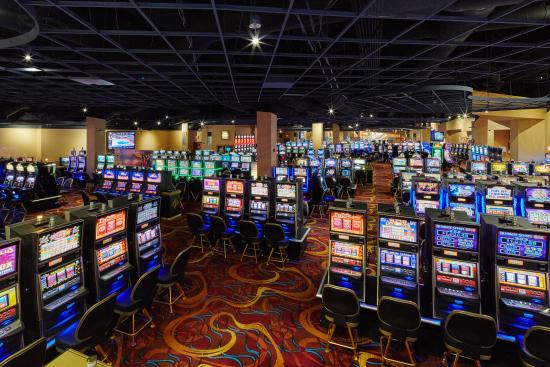
Casino offerings have been a source amusement and excitement for numerous players around the globe. One of the key factors that make these games captivating is the variety of playing cards employed in various types of games. Understanding the various types of cards can enhance your experience and improve your gameplay strategies. Regardless of whether you are attracted to classic card games like Texas Hold’em and blackjack or modern casino offerings, each game relies on a unique set of cards that affects the rules and the flow of play.
In casino settings, cards appear in several styles, each tailored to meet the requirements of particular games. From regular decks to specialized card types, the diversity plays key role in shaping the mechanics of each game. jun88v1 By familiarizing yourself with these cards and their applications, you can gain deeper insights into the games and make better decisions at the table. This understanding not just enhances your gaming experience but also adds to a more sophisticated approach to your chances of success.
Types of Playing Cards
When it comes to casino games, the kind of playing cards used can greatly impact the gameplay and strategy. The most frequent deck is the standard 52-card deck, which consists of 4 suits: hearts, diamonds. Each suit contains 13 ranks, from ace to king. This traditional deck is essential in many games, such as poker, where players aim to create the best hand possible or get as close to 21 as they can.
Some casino games utilize special decks specifically designed for the game itself. For instance, the popular game of baccarat often uses various decks combined, typically 6 or eight. This not only increases the difficulty of the game but also impacts wagering strategies, as participants must consider the higher number of cards in play. Additionally, certain games may bring in joker cards or wild cards, adding further diversity and thrill to the gambling experience.
In niche games, specialized decks may come into play. For example, in games like bridge or pinochle, players might use specific rules with varied card values or functions. These variations keep the gameplay new and allow for diverse strategies to emerge. Understanding the different types of playing cards and their particular uses in different casino games is key to enhancing one’s gambling experience and improving overall performance at the tables.
Card Variations in Gambling Activities
In gambling activities, the kind of deck utilized can significantly impact both the play and the tactics employed by players. Most classic card activities, such as 21 and five-card draw, typically utilize a standard 52-card deck. However, modifications do exist where additional wild cards or even multiple decks are used. For example, in blackjack, some gaming establishments may employ one to eight decks, which can change the odds and the fundamental tactics needed to play effectively. Players must be cognizant of the deck makeup, as it affects the house edge.
Another frequent modification in casino playing card games is the utilization of themed or custom packs. For example, some poker games might use a deck that includes unique images or designs, which can enhance the atmosphere at the gaming table. These specialized packs often serve to differentiate between different play formats or loyalty initiatives within the casino. While the traditional rules of the activity remain the same, the visual appeal can influence player engagement and satisfaction.
Finally, the shuffling methods employed with different types of decks can also impact gameplay. Gaming establishments often utilize automatic shufflers that can randomly reorder multiple packs effectively, making hand counting more challenging. The frequency and manner of shuffling can differ widely based on the game and the casino’s policies. Comprehending these card modifications is crucial for any player looking to improve their tactics and overall satisfaction in casino games.
Importance of Cards Worth
In casino activities, the significance of every playing card plays a crucial role in deciding the outcome of different activities. Various games assign distinct values to cards, affecting strategies and gamer decisions. For example, in 21, cards ranging two through ten are rated at their face worth, while court cards hold a value of 10, and the Ace can be worth alternatively 1 or 11. Comprehending these worths allows gamers to make informed decisions during gameplay, improving their odds of winning.
Likewise, in poker, the importance of playing card values extends to hands and hand values. High-value cards can form more powerful hands, such as two of a kind, straight hands, or flushes, which are essential for winning in the game. Gamers must assess not only their own hand but also likely combinations their opponents might hold. This strategic depth adds interest and complexity, making playing card values a central factor in the appeal of poker attraction.
Moreover, the mental aspect of playing card worths cannot be overlooked. Gamers may use the awareness of playing card worths to mislead or mislead their opponents. By understanding how a playing card’s value can impact the game’s mechanics, gamers can better manage risks and gains, creating a stimulating atmosphere in gambling activities. Whether competing for fun or for actual cash, awareness of playing card values significantly shapes the overall playing encounter.